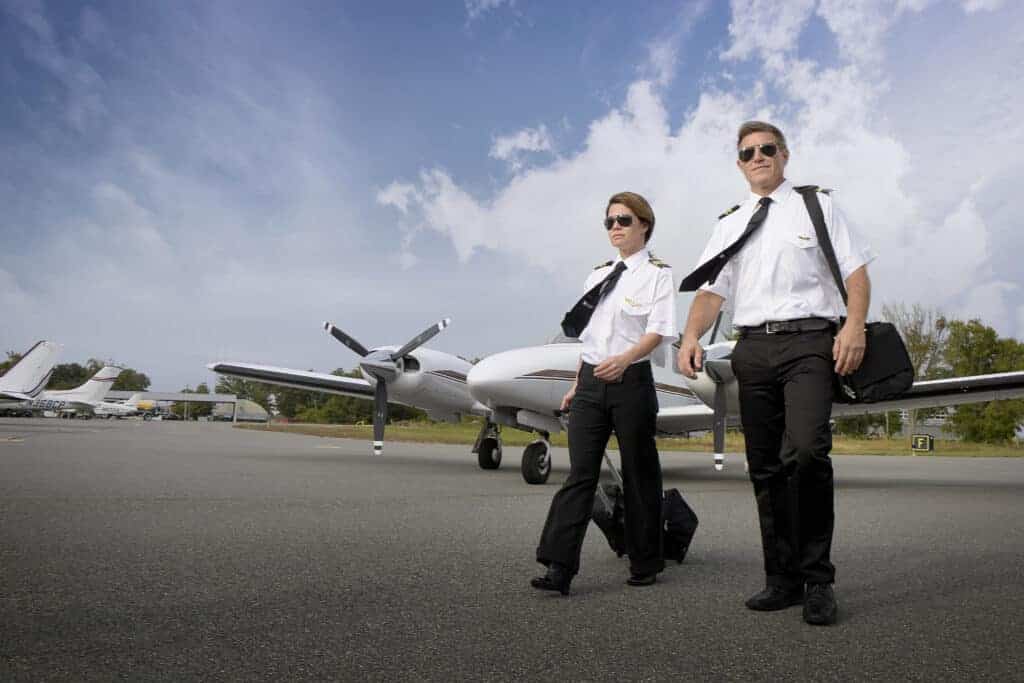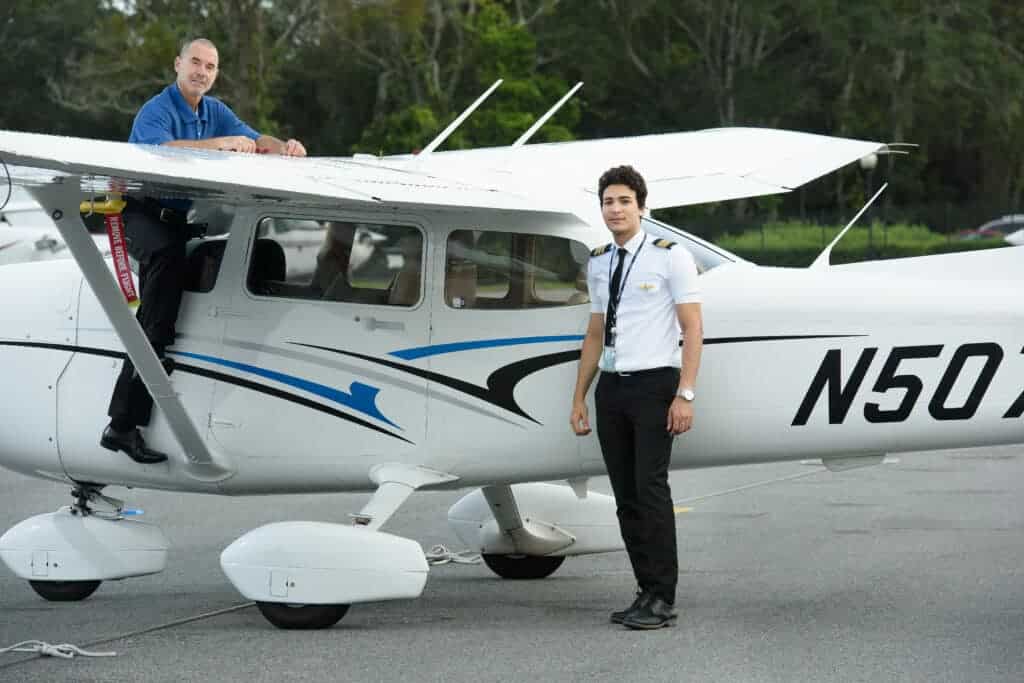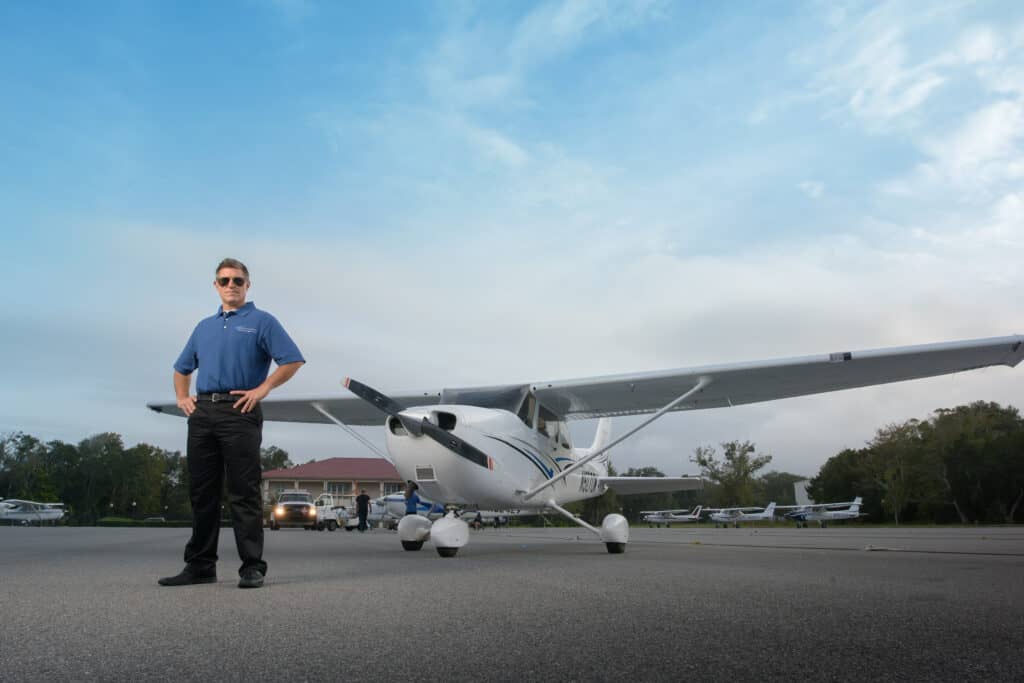The Ultimate Key Characteristics of a Pilot: What Defines Success in the Cockpit

Introduction to the Characteristics of a Pilot
Becoming a pilot is about more than just flying skills. It is a combination of traits, experiences, and expertise that work together to ensure safety and efficiency in the skies. While anyone can learn to operate an aircraft with the right training, mastering the characteristics of a pilot is what sets the truly great aviators apart from others. These traits allow pilots to manage stressful situations, make quick decisions, and stay calm under pressure, making them vital to their roles.
For aspiring pilots, understanding these characteristics is essential. Knowing what makes a successful pilot helps in personal development and preparation for the challenges ahead. This article explores these key characteristics in detail, shedding light on the essential qualities that define success in the cockpit. From technical proficiency to emotional stability, these characteristics are foundational to a pilot’s success.
The Importance of Characteristics in a Pilot’s Success
In aviation, the stakes are high. A single mistake can lead to disastrous consequences, and as a result, the characteristics of a pilot are critical to their performance. The most successful pilots are those who exhibit a strong sense of responsibility, professionalism, and the ability to remain composed, regardless of the situation. This composure extends beyond technical abilities and into how a pilot interacts with others, communicates, and leads under pressure.
A pilot’s characteristics influence their decision-making processes and their ability to handle both routine and emergency situations. Pilots are constantly faced with evolving scenarios, and their personal traits help them navigate these complexities. Their ability to maintain focus and respond appropriately in high-pressure environments makes them indispensable to airline safety and efficiency.
Top Characteristics of a Pilot That Lead to Success
Technical Proficiency
One of the core characteristics of a pilot is technical proficiency. This goes beyond knowing how to fly; it includes a deep understanding of aviation systems, regulations, navigation tools, and emergency procedures. Pilots must stay up-to-date with technological advancements in aircraft design, flight control systems, and aviation safety standards. Their ability to quickly and accurately operate the aircraft’s controls, communicate with air traffic control, and interpret various instruments is critical.
Moreover, technical proficiency requires a continuous commitment to learning. Aircraft technologies are constantly evolving, and pilots must adapt to new systems and protocols. Pilots who are proficient technically can respond more effectively to emergencies, minimize risks, and ensure smooth flight operations.
Situational Awareness
Another key characteristic of a pilot is situational awareness, which refers to a pilot’s ability to understand what is happening around them at any given time. Pilots must process a constant flow of information—from the aircraft’s systems, weather patterns, and other air traffic—while maintaining focus on their flight plan. Situational awareness enables pilots to foresee potential problems and make adjustments before they escalate into critical issues.
In the fast-paced environment of the cockpit, losing situational awareness can be catastrophic. Pilots must be able to focus on the most relevant information and prioritize it accordingly. For example, a pilot may need to assess changing weather conditions, monitor fuel levels, and ensure communication with air traffic control—all while navigating the aircraft. Their ability to process multiple streams of data in real-time is what keeps flights safe and on course.
Decision-Making Skills
Effective decision-making is one of the most important characteristics of a pilot. A pilot’s ability to make sound decisions in high-pressure situations directly impacts the safety of the flight. Pilots are constantly tasked with making quick decisions based on the information available to them, such as determining whether to reroute due to weather or how to handle technical issues during a flight.
This skill is often developed through experience and reinforced with training. Pilots are trained to evaluate various factors, such as aircraft performance, weather conditions, and passenger safety, to make the best possible decisions in any given situation. Even when time is limited, a pilot must trust their instincts and make informed choices that prioritize the safety of everyone on board.
Leadership and Teamwork
Leadership is another critical characteristic of a pilot. While the captain has ultimate responsibility for the flight, effective leadership involves delegating tasks and collaborating with the rest of the crew. Pilots must be able to guide their team, including co-pilots, flight attendants, and ground staff, ensuring that everyone works together toward a common goal. This also extends to teamwork, as pilots need to build trust and communicate effectively with their colleagues.
Good leadership is not only about giving orders; it’s also about fostering a collaborative environment where everyone feels comfortable sharing ideas and concerns. Pilots must lead by example, maintaining professionalism and composure in all situations. In times of crisis, their leadership skills are what guide the crew through the turbulence—both literally and figuratively.
Communication Skills
Clear and effective communication is an essential characteristic of a pilot. Pilots must be able to articulate instructions clearly to co-pilots, flight attendants, and air traffic controllers. Miscommunication can lead to serious errors, especially during critical phases of flight like takeoff and landing. Effective communication also extends to listening skills, as pilots must accurately receive and interpret instructions from air traffic control.
Additionally, communication within the cockpit is vital for maintaining safety. Pilots must ensure that co-pilots are aware of any decisions made and that there is mutual understanding of flight operations. Clear communication builds trust among crew members and ensures that everyone is aligned with the mission of safe flight.
Emotional Stability and Stress Management
Emotional stability is a highly important characteristic of a pilot. The nature of the job means that pilots frequently encounter stressful situations, whether it’s a mechanical issue, poor weather conditions, or an unexpected medical emergency on board. The ability to remain calm and composed is crucial in ensuring that stress doesn’t compromise decision-making or operational safety.
Pilots must be able to manage their stress levels effectively and not allow external factors to affect their performance. Emotional stability helps pilots maintain a clear head, allowing them to focus on problem-solving rather than becoming overwhelmed by the pressure of the situation. Pilots who can manage stress are better equipped to handle emergencies and ensure a safe outcome.
Adaptability and Flexibility
Adaptability and flexibility are characteristics of a pilot that help them navigate the unpredictable nature of aviation. Flights rarely go exactly as planned, and pilots must be able to adjust to changing conditions, such as flight delays, route changes, or unanticipated emergencies. Their ability to remain flexible allows them to handle unexpected events with ease and maintain control of the situation.
In addition to handling unexpected events in-flight, pilots must also be flexible with their schedules. Airline pilots often work irregular hours, including weekends and holidays, and must be prepared for shifts that extend far beyond the typical workday. Flexibility in both mindset and schedule is key to maintaining the mental stamina required to thrive in the profession.
How Training Enhances the Characteristics of a Pilot
Training plays a vital role in shaping the characteristics of a pilot. From the beginning stages of flight school to ongoing professional development, pilots are trained not only in technical skills but also in areas like communication, leadership, and decision-making. These characteristics are reinforced through simulated scenarios, where pilots practice handling emergencies, coordinating with crew members, and making rapid decisions.
Flight training also focuses on developing situational awareness and emotional stability. Through repetitive practice and real-world experience, pilots become more attuned to managing stress and staying focused under pressure. The comprehensive training that pilots undergo ensures that their technical abilities are matched by their personal characteristics, enabling them to succeed in their roles.
Characteristics of a Pilot: Continuous Learning and Development
The characteristics of a pilot are not static; they must evolve over time. Continuous learning is critical to maintaining and enhancing the skills and traits necessary for success in aviation. The aviation industry is always changing, with new technologies, regulations, and best practices being introduced regularly. Pilots must engage in lifelong learning to stay at the forefront of their profession.
This continuous development can take many forms, including advanced certifications, recurrent training programs, and industry seminars. By committing to ongoing education, pilots ensure that they are prepared for the challenges and opportunities that come with modern aviation. Continuous development strengthens both the technical and personal characteristics that define a successful pilot.
How Airlines Assess Characteristics of a Pilot
Airlines take the characteristics of a pilot very seriously when selecting candidates. During the recruitment process, airlines assess not only a pilot’s technical skills but also their personal traits, such as leadership, decision-making, and communication. This assessment often involves interviews, psychological evaluations, and simulator tests designed to reveal how pilots handle stress and manage complex scenarios.
Airlines want pilots who not only excel technically but also possess the right characteristics to represent their company and maintain high levels of safety. The evaluation process is designed to ensure that pilots can work well under pressure, make sound decisions, and communicate effectively with both crew and passengers. Only those who demonstrate the full spectrum of characteristics required to succeed in aviation are selected to fly for major airlines.
Conclusion: The Journey to Becoming a Successful Pilot
The journey to becoming a successful pilot is shaped by a combination of technical knowledge and personal traits. The characteristics of a pilot—including technical proficiency, decision-making, communication skills, and emotional stability—are fundamental to their ability to navigate the complexities of flying. These traits are not only learned through training but are also cultivated through experience and continuous development.
For aspiring pilots, understanding these characteristics is crucial to building a strong foundation for a long and successful career. As you pursue your dreams of becoming a pilot, remember that the journey is not just about mastering the mechanics of flight but about developing the personal qualities that will allow you to thrive in the cockpit.
If you’re ready to start your pilot training and develop these key characteristics, consider enrolling at Florida Flyers Flight Academy. With their top-tier training programs.
Contact the Florida Flyers Flight Academy Team today at (904) 209-3510 to learn more about how to pay for flight school.



